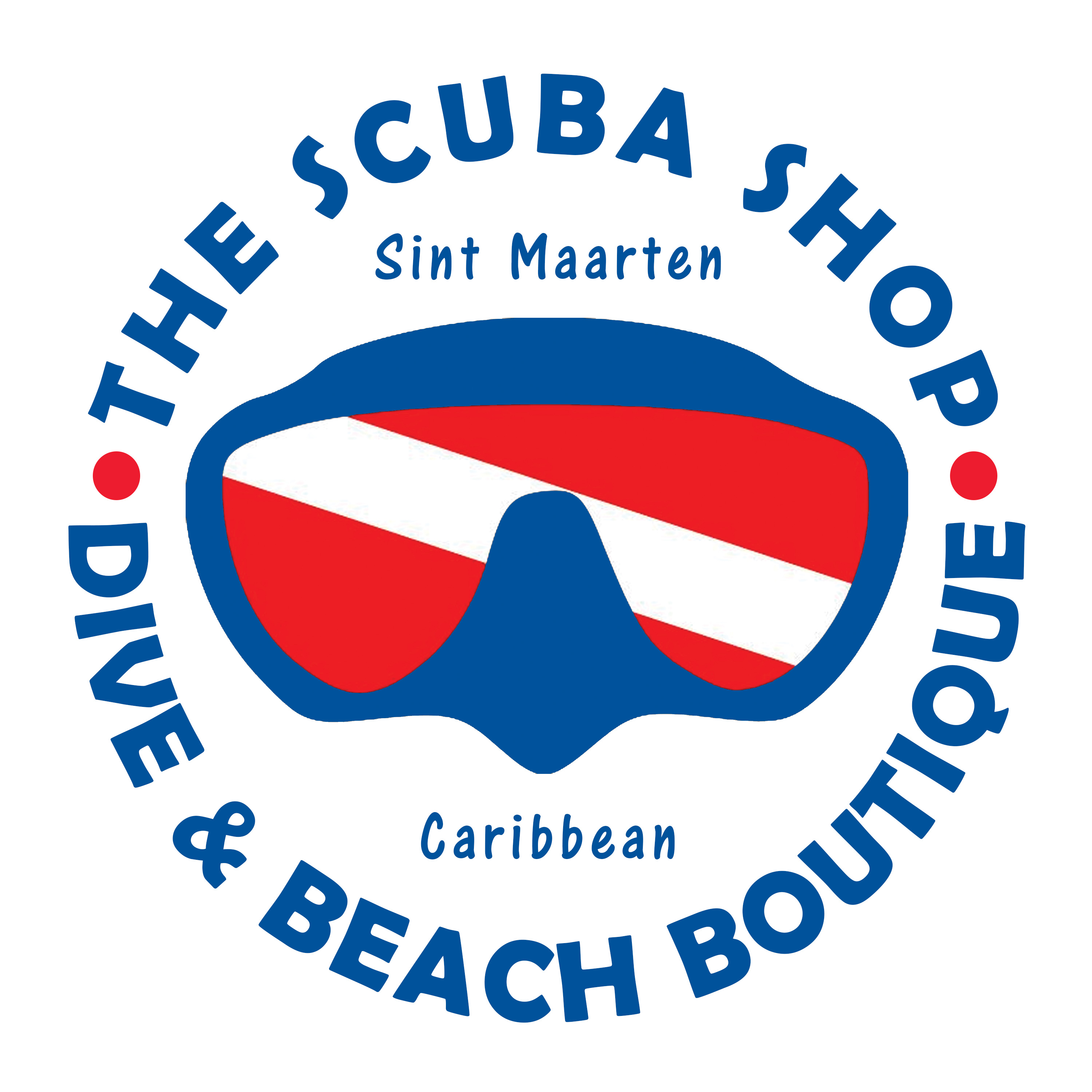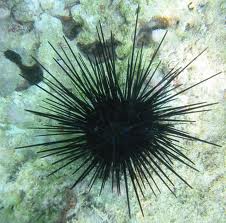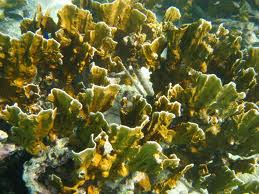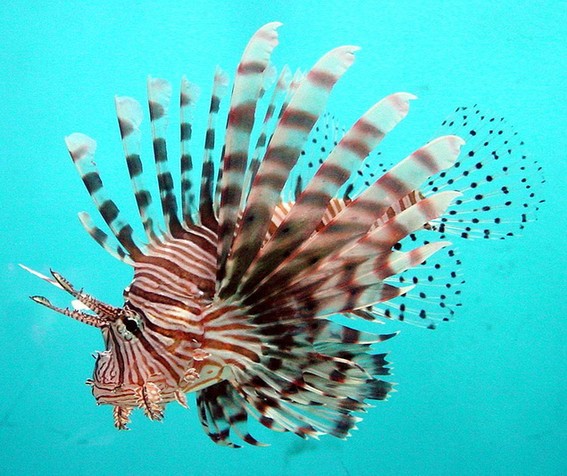Safety Tips
Remember, it is your responsibility prior to
snorkeling or diving to check the weather and sea conditions - do
not snorkel or dive in conditions beyond your ability.
Watch Out For These
The waters around St Maarten/ St Martin boast
lots of different types of marine life. All creatures are harmless, even
our nurse and Caribbean reef sharks, as long as you donít bother them.
As you have been taught during your diving courses you are not supposed
to touch or harm any creature under water, not only to protect them, but
also yourself since some corals and fishes are venomous or have nasty
stings with poison in them.
Be sure you donít touch the following:
[top]
What to Wear In St
Maarten
Waters
Wearing the right "clothing" while in the water will prevent sunburn
and keep you from getting cold and losing the energy needed to return to
the boat. Wearing something also prevents stings from jellies (which are
far and few between, but we do get some).
What to wear when snorkeling
While
warmth is not a great issue, we advise you to wear
Sun Protection
clothing like a rash guard. This will also protect you from any little
stinging jellies in the water. If you do get cold in the winter months
you could wear a neoprene rash guard or a shorty wetsuit.
What to wear when diving
Although
the water is relatively warm, it is advisable to wear at least a 3mm shorty
wetsuit. For our visitors, the ideal comfort would be
provided by a thin neoprene full suit which also
gives full body protection against stings. If you tend to
get cooler than the rest, especially during the winter
months on a double tank dive, a 3mm full suit will keep
you nice and snug. You will find our divemasters and
instructors, once acclimatized, most often wear a 5mm
full suit during the winter months, some of them even
layering this with a hooded vest Ė but then they are
often times diving 3 or more times a day.
[top]
Emergency Numbers and Information
| Divers Alert Network |

|
|
| Hyperbaric Chambers Information |
Saba Hyperbaric Facility
Medical Director
Tel: +1 599 416 3647 / 417 3604
Dr. Jack Buchanan or David Merritt
Tel: +1 599 416 3288
|
Guadaloupe Hyperbaric Facility
University Hospital, Dr. Perrier or Ducher
Tel: +590 590 91 39 39
Emergency Ambulance Service
Tel: +590 590 89 11 00
|
| Arrange for transportation to chamber in an un-pressurised aircraft flying no higher than 900 feet or an aircraft pressurised to sea level. If the victim's buddy has dived the same profile, he / she should accompany the victim to the chamber. |
| Regional Medical Centers |
|
Facility Name |
Phone |
Facility Size |
Language |
| St. Maarten Hospital |
+1 721 543 1111 |
Medium |
English |
| St. Martin Hospital |
+590 590 29 57 57 |
Minimum |
French (a little English) |
| St. Barths Hospital |
+590 590 27 60 35 |
Minimum |
French (a little English) |
| Saba Hospital |
+1 599 416 3288/9 |
Minimum |
English |
[top]
|








